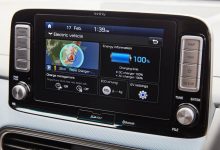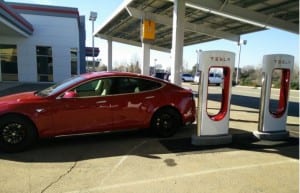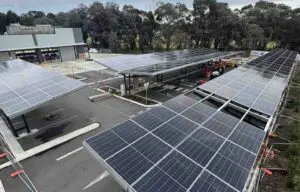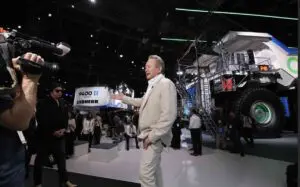After some lip-service in the past year, the Coalition has suddenly changed its tune on electric vehicles. After Labor announced its EV plan and its rather cautious target, the Coalition now claims that EVs are going to destroy our way of life.
The Coalition – and conservative commentators – assert that EVs have no useful range, can’t tow and take all night to re-charge. So, here are a couple of reminders about the reality of EVs for the Prime Minister and Energy Minister.
You don’t usually re-fill/re-fuel an EV
Petrol/Diesel/LPG vehicles re-fuel. At service stations, every week or two.
EVs don’t. EVs can be charged at home or work from a standard 10A plug (or from a faster specially installed charger) or at shopping centres or other ‘destinations’ where you park. They TOP-UP. Regularly.
Usually while the person is working, sleeping or doing something else. A friend of mine has an EV with (just) a 150km range (BMW i3, First-Generation) and they top-up at work once a week and at home on weekends from the solar on their house.
They live 15km from work, i.e. a 30km round trip each day, excluding side trips to pick up some milk or go to a meeting. They say they have NEVER used a public charger because they always have charge in the car from this top-up strategy.
If they did need more charge for an unexpected long trip and didn’t know where the nearest charger was, they used their navigation system or phone to direct them to a charger.
You don’t ‘fill-up’ at fast chargers
In the rare case that a person needs to re-charge from a public fast charger, they take just what they need, and no more because it is both cheaper and quicker.
To explain, if they need to get home and are running low, they will need to find some charge. Their car’s dashboard will tell them how far the car can go, given current driving conditions and the current driving style.
If the battery range is not enough – let’s say they need another 10km to get home – they will need to get enough charge to drive at least 10km.
They will know how far their particular car goes on a kWh because it tells the driver on the dashboard, real-time. So, they go to a charger, plug in and load enough kWh to do 10km, and a bit more to be safe.
In this case, let’s say their car can do 6km on 1 kWh, they need about 2 kWh to get home. They load 3 kWh to be safe, pay, (possibly paying more for the 3 kWh than they would pay at home) and then unplug and go home.
A charge of 3 kWh will take about 30 seconds from an ultra-fast charger; 4 minutes from a fast-ish charger; or 8 minutes from a medium-speed charger. Faster chargers will probably cost more to use per kWh, so re-filling at home will be cheaper. When they get home, they plug in and the car fills up while they sleep.
Re-filling on long trips
Most people don’t drive long trips every day. Some do, and they may not be able to use an EV but could use a plug-in hybrid. But for the majority, long road trips are a rare occurrence.
If a person is travelling inter-state in an EV, they will need to ensure that there is a charger every 70% or so of their car’s range. (Just like you do with petrol.)
If the car’s range is 400km (the new normal), they’ll probably be looking to stop every 250km (i.e. every 2.5 – 3 hours) for a break and a re-fill. Using an ultra-fast charger, that will take less than 10 minutes – just time for a toilet break and to buy a coffee.
Read the full story on RenewEconomy’s electric vehicle dedicated site, The Driven…










